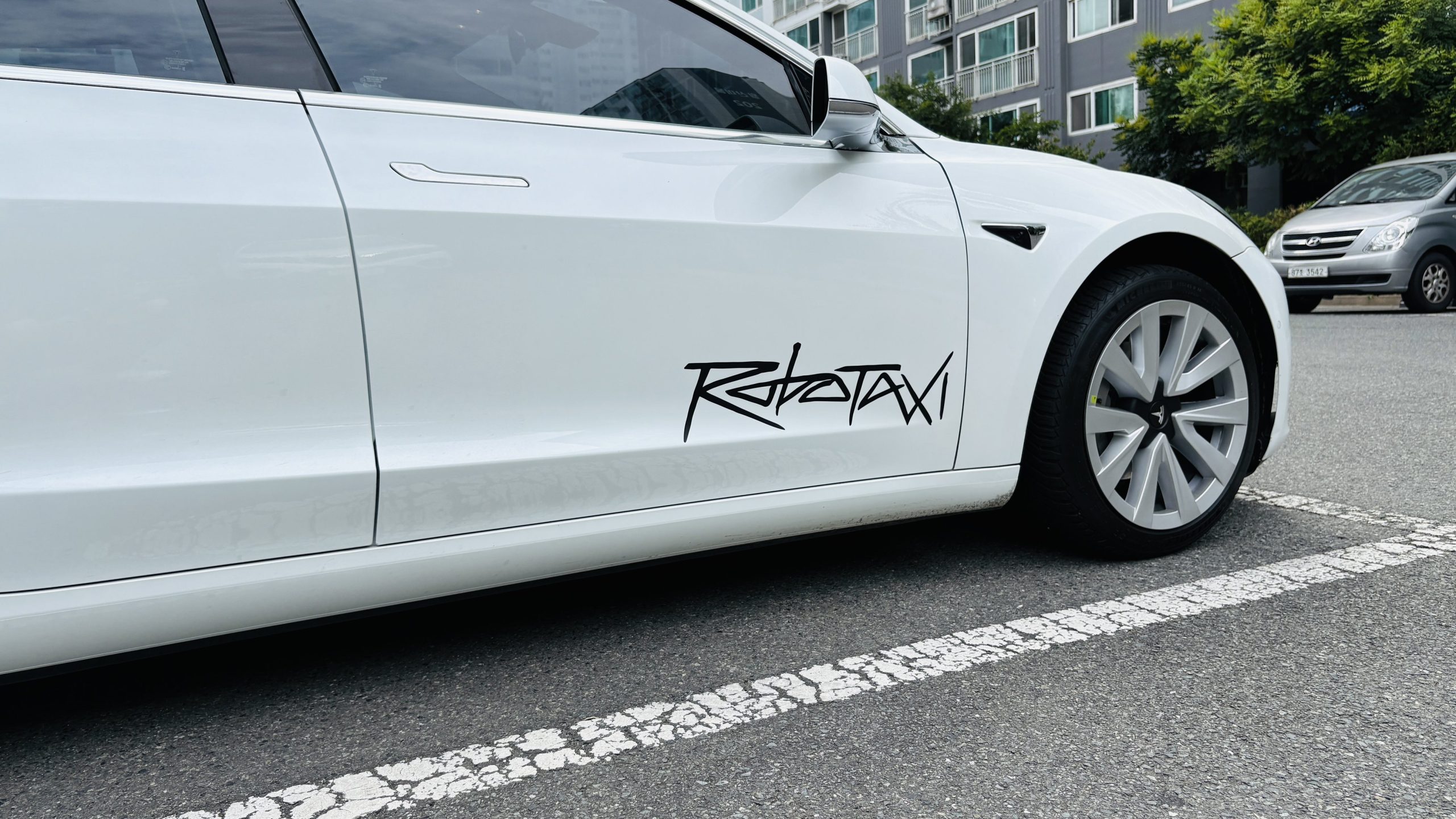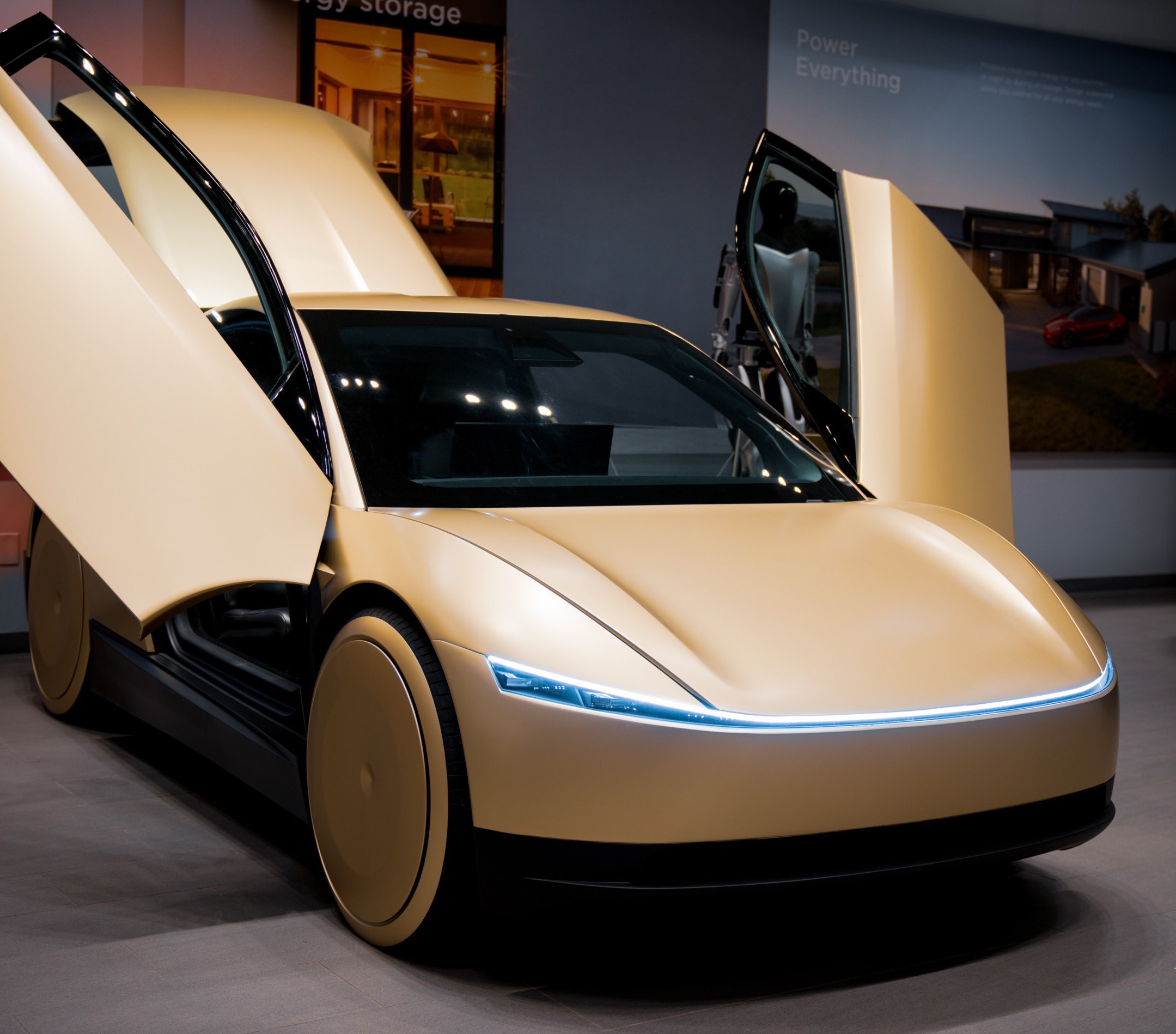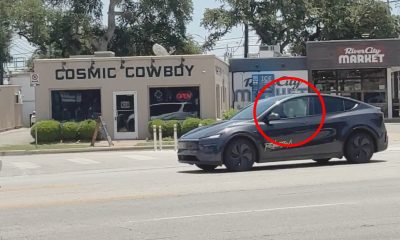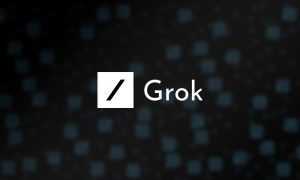

News
European astronauts want their own spacecraft after decades of reliance on Russia, NASA, SpaceX
On February 16th, the European Space Agency (ESA) held the European Space Summit in Toulouse, France, offering European Space Agency leaders and European Union (EU) member states an opportunity to discuss the present and future of European spaceflight.
The central idea circulating the summit was evident: Europe wants to reassert itself as a global leader in space exploration. While ESA and member states continue to make exceptional contributions to robotic space exploration and – to a lesser degree – rocketry, leaders at the summit believe that there is still a large amount of untapped potential within the European space industry. ESA hopes to fill these gaps while tackling the societal, economic, and security challenges that come along with it. The ESA’s goal is to grow as a space fairing nation and compete side by side with the United States, Russia, and China on all fronts – including the possible creation of their own domestic human spaceflight program.
ESA Director-General Josef Aschbacher was encouraged to speak on the subject, stating that “I am very happy to accept President Macron’s proposal to establish a high-level advisory group on ‘human space exploration for Europe’.” “This decision will shape what Europe will look like in the decade to come. We have to involve experts from all walks of life and mainly from non-space, for example, historians, economists, geopolitical experts, explorers on Earth, and philosophers to fully grasp all its implications and help us take [sic] the right decision.”
Organizations such as the European Association of Space Explorers (ASE) have strong opinions on the future of the European Space Agency. The ASE represents the over 45 European astronauts and cosmonauts who have been flying to space since 1978 – including several ESA astronauts that most recently flew to and from the Internation Space Station on SpaceX’s Falcon 9 rocket and aboard Crew Dragon.
Released in a three-page manifesto titled, “EUROPEAN ASTRONAUTS’ MANIFESTO ON THE OCCASION OF THE EUROPEAN SPACE SUMMIT”, the organization expressed its passion for human spaceflight and wrote to encourage the ESA to further develop a program that might one day allow the European Union to launch its own astronauts.
“A Europe that projects itself as a leading society must have the capabilities to set its own goals, and to decide for itself how far it wants to go in space exploration, united in our European values,” the document stated. “We now have a unique window of opportunity to accelerate and become a fully recognized partner of the global space endeavor.” An advisory group has been put together by the ESA to further explore these possibilities and is set to report back to the ESA on their findings at the next ESA Council of Ministers held in November 2022.
“Between now and summer, we want to come up with more specific European targets and ambitions for manned space travel,” he said through an interpreter. “We need to know what our priorities are, have the data to back it up and prepare the choices we are going to take for the November [ESA] ministerial meeting.”, stated Aschbacher. ESA has repeatedly attempted to develop its own crewed spacecraft in the past, including the “Crew Rescue Vehicle” (one variant shown in the header image), Crew Space Transport System, and Hermes spaceplane.
Among the conversations of human spaceflight, the summit also revealed additional initiatives the ESA plans to focus on as they further develop a more independent space program.
The ESA presented three “accelerators” or objectives that they aim to focus on while ramping up their space program. “Space for a Green Future”, “Rapid and Resilliant Crisis Response”, and “Protection of Space Assets”. According to the ESA, the three programs are described as the following:
“Space for a Green Future” aims to use data derived from Earth observation satellites to help Europe act to mitigate climate change and to support reaching a carbon-neutral economy by mid-century.
“Rapid and Resilient Crisis Response” seeks to better use space data, cognitive cloud computing, and intelligent interconnectivity in space to support those in charge to provide the vital responses to crises on Earth.
“Protection of Space Assets” will contribute to preventing damage to the European space infrastructure and avoid disruption to its economically vital infrastructures such as power supplies and communications links due to space weather conditions.
Elon Musk
Tesla begins expanding Robotaxi access: here’s how you can ride
You can ride in a Tesla Robotaxi by heading to its website and filling out the interest form. The company is hand-picking some of those who have done this to gain access to the fleet.

Tesla has begun expanding Robotaxi access beyond the initial small group it offered rides to in late June, as it launched the driverless platform in Austin, Texas.
The small group of people enjoying the Robotaxi ride-hailing service is now growing, as several Austin-area residents are receiving invitations to test out the platform for themselves.
The first rides took place on June 22, and despite a very small number of very manageable and expected hiccups, Tesla Robotaxi was widely successful with its launch.
Tesla Robotaxi riders tout ‘smooth’ experience in first reviews of driverless service launch
However, Tesla is expanding the availability of the ride-hailing service to those living in Austin and its surrounding areas, hoping to gather more data and provide access to those who will utilize it on a daily basis.
Many of the people Tesla initially invited, including us, are not local to the Austin area.
There are a handful of people who are, but Tesla was evidently looking for more stable data collection, as many of those early invitees headed back to where they live.
The first handful of invitations in the second round of the Robotaxi platform’s Early Access Program are heading out to Austin locals:
I just got a @robotaxi invite! Super excited to go try the service out! pic.twitter.com/n9mN35KKFU
— Ethan McKanna (@ethanmckanna) July 1, 2025
Tesla likely saw an influx of data during the first week, as many traveled far and wide to say they were among the first to test the Robotaxi platform.
Now that the first week and a half of testing is over, Tesla is expanding invites to others. Many of those who have been chosen to gain access to the Robotaxi app and the ride-hailing service state that they simply filled out the interest form on the Robotaxi page of Tesla’s website.
That’s the easiest way you will also gain access, so be sure to fill out that form if you have any interest in riding in Robotaxi.
Tesla will continue to utilize data accumulated from these rides to enable more progress, and eventually, it will lead to even more people being able to hail rides from the driverless platform.
With more success, Tesla will start to phase out some of the Safety Monitors and Supervisors it is using to ensure things run smoothly. CEO Elon Musk said Tesla could start increasing the number of Robotaxis to monitors within the next couple of months.
Elon Musk
Tesla analyst issues stern warning to investors: forget Trump-Musk feud

A Tesla analyst today said that investors should not lose sight of what is truly important in the grand scheme of being a shareholder, and that any near-term drama between CEO Elon Musk and U.S. President Donald Trump should not outshine the progress made by the company.
Gene Munster of Deepwater Management said that Tesla’s progress in autonomy is a much larger influence and a significantly bigger part of the company’s story than any disagreement between political policies.
Munster appeared on CNBC‘s “Closing Bell” yesterday to reiterate this point:
“One thing that is critical for Tesla investors to remember is that what’s going on with the business, with autonomy, the progress that they’re making, albeit early, is much bigger than any feud that is going to happen week-to-week between the President and Elon. So, I understand the reaction, but ultimately, I think that cooler heads will prevail. If they don’t, autonomy is still coming, one way or the other.”
BREAKING: GENE MUNSTER SAYS — $TSLA AUTONOMY IS “MUCH BIGGER” THAN ANY FEUD 👀
He says robotaxis are coming regardless ! pic.twitter.com/ytpPcwUTFy
— TheSonOfWalkley (@TheSonOfWalkley) July 2, 2025
This is a point that other analysts like Dan Ives of Wedbush and Cathie Wood of ARK Invest also made yesterday.
On two occasions over the past month, Musk and President Trump have gotten involved in a very public disagreement over the “Big Beautiful Bill,” which officially passed through the Senate yesterday and is making its way to the House of Representatives.
Musk is upset with the spending in the bill, while President Trump continues to reiterate that the Tesla CEO is only frustrated with the removal of an “EV mandate,” which does not exist federally, nor is it something Musk has expressed any frustration with.
In fact, Musk has pushed back against keeping federal subsidies for EVs, as long as gas and oil subsidies are also removed.
Nevertheless, Ives and Wood both said yesterday that they believe the political hardship between Musk and President Trump will pass because both realize the world is a better place with them on the same team.
Munster’s perspective is that, even though Musk’s feud with President Trump could apply near-term pressure to the stock, the company’s progress in autonomy is an indication that, in the long term, Tesla is set up to succeed.
Tesla launched its Robotaxi platform in Austin on June 22 and is expanding access to more members of the public. Austin residents are now reporting that they have been invited to join the program.
Elon Musk
Tesla surges following better-than-expected delivery report
Tesla saw some positive momentum during trading hours as it reported its deliveries for Q2.

Tesla (NASDAQ: TSLA) surged over four percent on Wednesday morning after the company reported better-than-expected deliveries. It was nearly right on consensus estimations, as Wall Street predicted the company would deliver 385,000 cars in Q2.
Tesla reported that it delivered 384,122 vehicles in Q2. Many, including those inside the Tesla community, were anticipating deliveries in the 340,000 to 360,000 range, while Wall Street seemed to get it just right.
Tesla delivers 384,000 vehicles in Q2 2025, deploys 9.6 GWh in energy storage
Despite Tesla meeting consensus estimations, there were real concerns about what the company would report for Q2.
There were reportedly brief pauses in production at Gigafactory Texas during the quarter and the ramp of the new Model Y configuration across the globe were expected to provide headwinds for the EV maker during the quarter.
At noon on the East Coast, Tesla shares were up about 4.5 percent.
It is expected that Tesla will likely equal the number of deliveries it completed in both of the past two years.
It has hovered at the 1.8 million mark since 2023, and it seems it is right on pace to match that once again. Early last year, Tesla said that annual growth would be “notably lower” than expected due to its development of a new vehicle platform, which will enable more affordable models to be offered to the public.
These cars are expected to be unveiled at some point this year, as Tesla said they were “on track” to be produced in the first half of the year. Tesla has yet to unveil these vehicle designs to the public.
Dan Ives of Wedbush said in a note to investors this morning that the company’s rebound in China in June reflects good things to come, especially given the Model Y and its ramp across the world.
He also said that Musk’s commitment to the company and return from politics played a major role in the company’s performance in Q2:
“If Musk continues to lead and remain in the driver’s seat, we believe Tesla is on a path to an accelerated growth path over the coming years with deliveries expected to ramp in the back-half of 2025 following the Model Y refresh cycle.”
Ives maintained his $500 price target and the ‘Outperform’ rating he held on the stock:
“Tesla’s future is in many ways the brightest it’s ever been in our view given autonomous, FSD, robotics, and many other technology innovations now on the horizon with 90% of the valuation being driven by autonomous and robotics over the coming years but Musk needs to focus on driving Tesla and not putting his political views first. We maintain our OUTPERFORM and $500 PT.”
Moving forward, investors will look to see some gradual growth over the next few quarters. At worst, Tesla should look to match 2023 and 2024 full-year delivery figures, which could be beaten if the automaker can offer those affordable models by the end of the year.
-

 Elon Musk2 days ago
Elon Musk2 days agoTesla investors will be shocked by Jim Cramer’s latest assessment
-

 News1 week ago
News1 week agoTesla Robotaxi’s biggest challenge seems to be this one thing
-

 Elon Musk2 weeks ago
Elon Musk2 weeks agoElon Musk slams Bloomberg’s shocking xAI cash burn claims
-

 News2 weeks ago
News2 weeks agoTexas lawmakers urge Tesla to delay Austin robotaxi launch to September
-

 Elon Musk1 week ago
Elon Musk1 week agoFirst Look at Tesla’s Robotaxi App: features, design, and more
-

 Elon Musk2 weeks ago
Elon Musk2 weeks agoTesla Robotaxis are becoming a common sight on Austin’s public roads
-

 Elon Musk2 weeks ago
Elon Musk2 weeks agoSpaceX President meets India Minister after Starlink approval
-

 Elon Musk2 weeks ago
Elon Musk2 weeks agoxAI’s Grok 3 partners with Oracle Cloud for corporate AI innovation

















